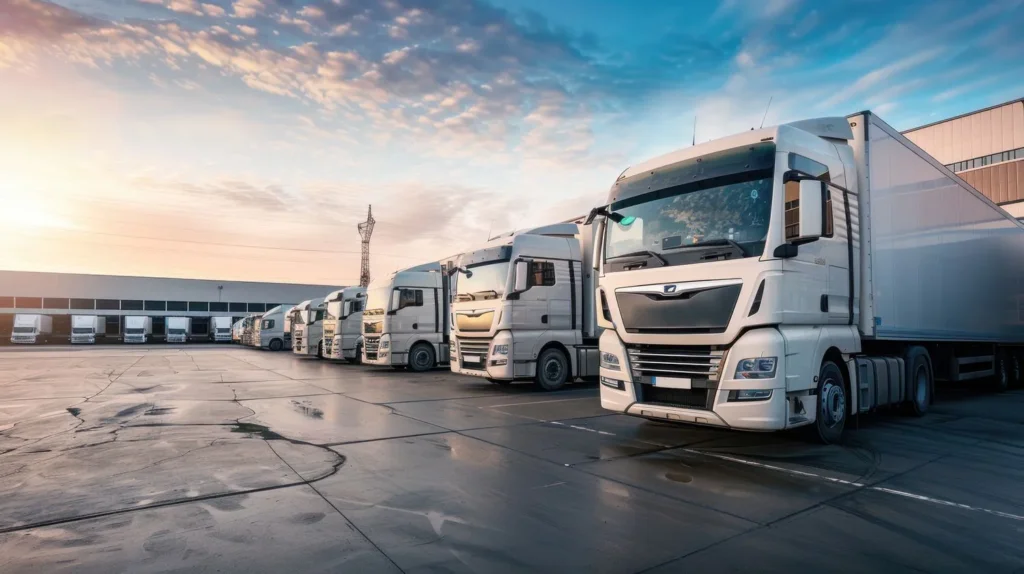During COVID-19 crisis and other disruptions, Supply Chain (SC) front-runners found they need to leverage Sustainability and Resilience to secure their networks, as both must be central parts of the plan and our investments.
The more resilient your circles are, the more sustainable our businesses become. Sustainability is now a focal point when talking about business and in particular, the company’s targets. Leaders now prioritise environmental sustainability proposals, putting it at the uppermost of administrative management; embedding Sustainability into the Supply Chain (SC) at day one is essential to set it in and see what it encompasses categorically.
A sustainable network
For many companies such as Electrolux, integrating Sustainability delivered a most significant advantage through the pandemic like upgrading their transportation network’s connectivity. When empty sailing spaces were gradually commonplace, and tariffs were escalating, many worried about locating transportation capacity.
Rail transportation became a potential solution to these matters. It is greener than trucking because of cutbacks of scales; almost all factories are connected by rail due to sustainable planning. There is a powerful drive on multi-modal as an alternative of only road transportation.
It is crucial to boost sustainable and resilient procedures among partners. When you have vendors with an updated-well-maintained fleet, you will count on many useful data on suppliers’ performance. You will make sure your decisions reflect the right level of such partnership and SC efficiencies, whether in the short or long term.
There is environmental damage when empty-trucking transportation; almost half of the backhauls are blank. If you look out there in the trucking market, you will find small trucking companies willing to find and fill a backhaul. Businesses must consider fighting empty or almost empty truck capacity; doing so will bring you millions in profits in many countries while enhancing SC efficiencies.
You gain a valuable utilisation of trucking volume when you tackle packaging, as it is too a source of environmental damage, limiting your company’s Sustainability. When operating under sustainable packaging, everything produced must be reusable. Your company needs to take back used-packaging to transform it, save the environment from tons of CO2; to diminish carbon footprint, truckloads per year, and enhance the closed-loop system with lower touchpoints requirement management of transportation, representing a cost-efficient measure.
Where you can make changes whilst introducing new elements into your SC:
· Your priority must be increasing Resilience and Sustainability as you come out from the current crisis.
· Balance cost and operating efficiency with greater Resilience and Sustainability.
· Manufacturing network diversification.
· Multisource is an obvious way to palliate risk. Use external manufacturers and engage Logistics partners for this purpose.
· Build up best visibility and agility to reallocate sourcing, manufacturing and distribution activities rapidly.
· Use buffers for rushing forward capabilities for new product launches or expansions into new growth areas.
· Nearshoring allows for more control over inventory and moves the product closer to the end consumer.
· Upgrade connectivity of your highly resilient transportation network and use closed-loop systems.
· Building partnerships to share data on the suppliers’ performance. Strong relationships with contract manufacturers and global 3PLs could be vital in diversifying production and distribution.
· Using greener rail transportation.
· Using updated-well-maintained-efficient transportation fleet.
· Avoiding empty or almost empty trucking.
· Tackle packaging through recycling, reusing products or transforming material.
· Using more than 80% of recycled material in all mechanical parts.
· Using more cast pulp in packaging instead of plastic foam.
· Using plastic pick up from oceans in manufacturing lines.
· Using the recycled-plastic substance in new products to the neutralised carbon footprint.
· Further comments: these are examples of Circular systems Sustainability and Resilience, which can offer multiple benefits for a company, reinforcing the concept of Sustainability in your SC future. The cost of holding several supply locations could be an expensive way of doing business.
Further comments: your company’s sustainable approaches show investors the building of a robust resilience business for the long run.
Are you sending out the right signs to bring further benefits to your company and your customers?
Dave Food
Prophetic Technology
M: +44 7775 861863
Photo credit: Victor Garcia / Unsplash



